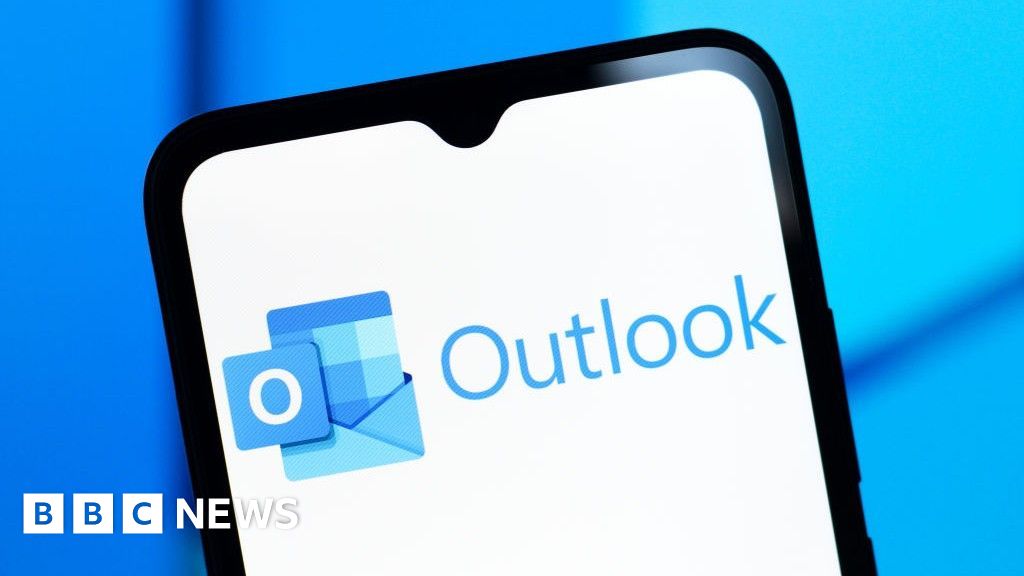Understanding Onboarding Paperwork Meaning for New Employees

Comprehending onboarding paperwork is vital for your successful start in a new job. This documentation includes various forms, such as contracts, tax forms, and company policies, which help clarify your role and responsibilities. Completing this paperwork guarantees compliance and aligns expectations between you and your employer. As you navigate these fundamental documents, you’ll likewise gain insights into the company culture and benefits. Let’s explore the key components of onboarding paperwork and why they matter for your role.
Key Takeaways

- Onboarding paperwork establishes the legal and operational framework between the employer and the new employee.
- It includes essential documents like employment contracts, tax forms, and benefits enrollment forms.
- Proper completion of onboarding paperwork ensures compliance with legal requirements and eligibility verification.
- This process aids in cultural integration, clarifying roles and responsibilities for new employees.
- Effective onboarding documentation enhances administrative efficiency and reduces turnover rates.
What Does Onboarding Paperwork Consist Of?

Onboarding paperwork is a fundamental step in the employment process, ensuring that both the employer and employee are aligned from the start.
When you join a company, you’ll encounter several important onboarding forms. First, the Employment Contract outlines your roles, responsibilities, and rights.
You’ll also need to complete Tax Forms, like the W-4 or W-9, for accurate payroll tax processing. Moreover, you’ll acknowledge the Company Policies to confirm your comprehension of the company’s culture and guidelines.
Benefits Enrollment Forms are critical for signing up for health insurance and retirement plans, allowing you to explore your options.
Finally, collecting Personal Identification and Work Eligibility Documents, including the I-9 form, is necessary for verifying your identity and employment authorization.
Importance of Onboarding Paperwork

Completing onboarding paperwork plays a crucial role in the employment experience for both new hires and employers. This documentation guarantees legal compliance, helping you and your employer meet necessary regulations from day one. It furthermore facilitates cultural integration, aligning your values with the company’s policies and expectations. Properly completed paperwork streamlines administrative processes, letting you focus on your new role rather than getting bogged down in forms. A structured onboarding process can greatly reduce turnover rates, with effective onboarding boosting employee retention by 69%. In addition, clear documentation provides a formal record of your roles and responsibilities, helping prevent misunderstandings and setting clear expectations.
| Benefits | Impact on Employees | Impact on Employers |
|---|---|---|
| Legal compliance | Confidence in job security | Avoid legal issues |
| Cultural integration | Faster adjustment | Stronger team cohesion |
| Streamlined processes | More focus on performance | Efficient onboarding |
| Clear expectations | Reduced anxiety | Lower turnover |
Types of Onboarding Documents

Guiding the onboarding process involves several key documents that new employees must complete to guarantee a smooth changeover into their roles.
These documents can be categorized into four main types: legal forms, job-specific documents, company-specific documents, and payroll/benefits documents.
Legal forms, like the W-4 and I-9, are mandatory for tax withholding and employment eligibility verification.
Job-specific documents clarify the responsibilities and expectations of your role, reducing misconceptions.
Company-specific documents, such as the employee handbook, outline policies and organizational culture, helping you align with the company’s values.
Finally, payroll and benefits documents facilitate enrollment in health insurance and retirement plans, ensuring your financial transactions are seamless from the start.
Comprehending these types is vital for a successful onboarding experience.
Essential Forms for New Employees

Steering through the crucial forms for new employees is important for a seamless change into your new role. Completing these key documents quickly guarantees you’re set up correctly.
Here’s a list of key forms you’ll encounter:
- W-4: For tax withholding information.
- I-9: To verify your work eligibility.
- Personal Information Form: Gathers contact details and employment history.
- Benefits Enrollment Forms: Select health insurance and retirement options.
- Emergency Contact Forms: Provides essential information for workplace incidents.
Best Practices for Onboarding Documentation

When you start a new job, the paperwork you complete is just the beginning of your onboarding experience. Effective onboarding documentation should include clear and concise forms outlining expectations, roles, and responsibilities to prevent misunderstandings.
Incorporating interactive elements like checklists and action items keeps you engaged and helps you feel involved. A glossary of company-specific jargon and a “who’s who” cheat sheet can assist you in maneuvering through the organizational culture smoothly.
Regularly providing feedback about the onboarding documents allows for continuous improvement, guaranteeing the process stays relevant.
Finally, verify all onboarding documents are easily accessible in both physical and digital formats, streamlining your overall onboarding experience and helping you settle into your new role efficiently.
Frequently Asked Questions

What Is the Meaning of Onboarding Paperwork?
Onboarding paperwork refers to the crucial documents new employees must complete when starting a job.
It includes forms for tax information, benefits enrollment, and compliance with labor laws.
This paperwork guarantees you understand your rights and responsibilities during establishing a clear record of your employment agreement.
What Are the 5 C’s of Employee Onboarding?
The 5 C’s of employee onboarding are Connection, Culture, Compliance, Clarification, and Check-back.
Connection helps you build relationships with colleagues, nurturing a sense of belonging.
Culture teaches you the organization’s values and mission.
Compliance guarantees you complete necessary paperwork and legal documents.
Clarification defines your job role and expectations, preventing misunderstandings.
Finally, Check-back involves regular follow-ups to verify you’re adapting well and receiving the support you need during your onboarding process.
What Is the Meaning of Onboarding for New Employees?
Onboarding for new employees is the process that integrates you into the organization. It helps you learn about the company’s culture, values, and expectations, ensuring a smooth shift into your role.
This process includes structured activities such as completing necessary paperwork, comprehending your job responsibilities, and participating in orientation sessions.
Effective onboarding can improve your engagement and satisfaction, in the end contributing to your productivity and long-term retention within the company.
Does Onboarding Paperwork Mean You’re Hired?
Onboarding paperwork doesn’t automatically mean you’re hired, but it’s a significant step in the process. Completing this documentation confirms your acceptance of the job and allows the employer to verify your eligibility for employment.
Nevertheless, until all conditions, such as background checks and drug tests, are cleared, your employment isn’t guaranteed. This paperwork additionally requires you to understand company policies, reinforcing your commitment as a new employee before officially starting.
Conclusion

In summary, comprehending onboarding paperwork is essential for your successful integration into a new company. By completing the necessary forms, you’ll clarify your role and become familiar with company policies and benefits. This process not just guarantees legal compliance but also helps streamline administrative tasks. Familiarizing yourself with the types of documents and best practices will prepare you for a smooth shift, allowing you to focus on your new responsibilities and contribute effectively to your team.
Image Via Envato
This article, "Understanding Onboarding Paperwork Meaning for New Employees" was first published on Small Business Trends
What's Your Reaction?
 Like
0
Like
0
 Dislike
0
Dislike
0
 Love
0
Love
0
 Funny
0
Funny
0
 Angry
0
Angry
0
 Sad
0
Sad
0
 Wow
0
Wow
0





























































































